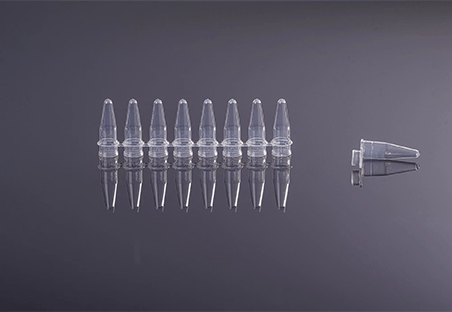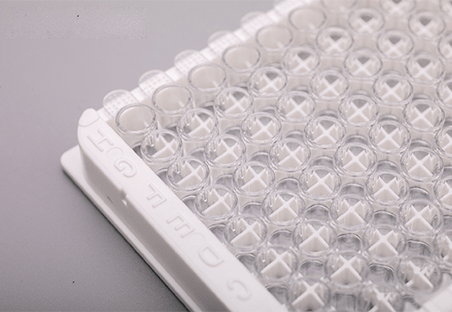Polymerase Chain Reaction (PCR) is a fundamental technique in molecular biology, allowing scientists to amplify and analyze DNA sequences with high precision and efficiency. PCR consumables, the tools, and materials used in PCR workflows are essential to the success of PCR experiments. In this article, we’ll delve into the world of PCR consumables, exploring their types, factors to consider when choosing them, and best practices for handling them effectively.
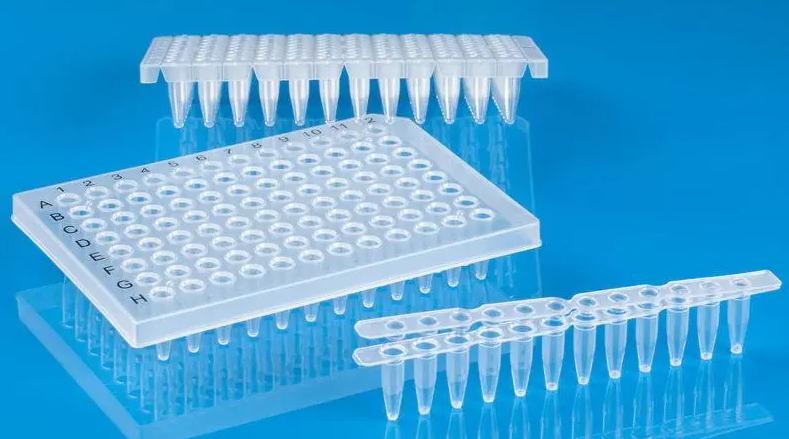
What are the PCR Consumables?
PCR consumables encompass a variety of tools and materials essential for PCR experiments. They include PCR tubes, PCR plates, seals, and films. These consumables serve as vessels for holding reaction mixtures, facilitating the amplification process, and protecting samples from contamination.
Types of PCR Consumables
PCR (Polymerase Chain Reaction) consumables are essential components used in PCR experiments to amplify DNA or RNA samples. These consumables come in various forms and are designed to facilitate the PCR process efficiently. The types of PCR consumables include:
- PCR Tubes
PCR tubes are small, cylindrical vessels designed to hold reaction mixtures during PCR amplification. They come in various sizes, ranging from 0.2 mL to 0.5 mL, and are made from materials such as polypropylene or polyethylene. PCR tubes may have flat or domed caps and are available in clear or colored varieties. Specialized PCR tubes may feature ultra-thin walls to enhance heat transfer during thermal cycling.
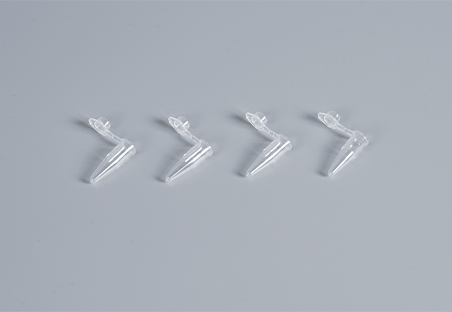
- PCR Plates
PCR plates are multi-well plates designed to accommodate multiple PCR reactions simultaneously. These plates come in different formats, including 96-well, 384-well, and 1536-well plates, allowing for high-throughput PCR applications. PCR plates are typically made from polypropylene and feature alphanumeric grids for easy sample identification. Some PCR plates are skirted, providing stability and compatibility with automated liquid handling systems, while others are non-skirted for compatibility with certain thermal cyclers.
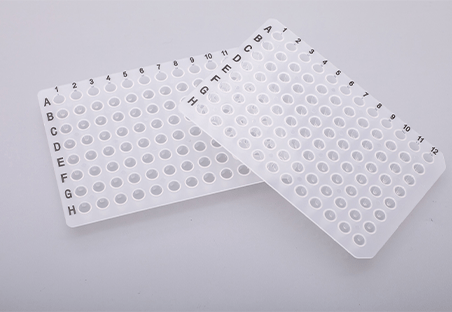
- PCR Seals and Film
PCR seals and films are used to securely cover PCR tubes or plates during thermal cycling to prevent evaporation and contamination. These consumables come in various forms, including adhesive seals, heat seals, and pierceable films. Adhesive seals feature an adhesive backing that forms a tight seal around the PCR tube or plate wells. Heat seals are applied using a heat sealer to create a permanent seal, while pierceable films allow for sample retrieval using a pipette tip without removing the seal entirely.
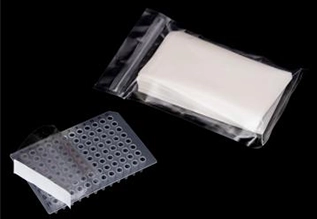
- PCR Strip Tubes
PCR strip tubes consist of multiple individual tubes arranged in a strip format, typically containing 8 or 12 tubes per strip. These strips are convenient for handling small numbers of samples and are compatible with standard thermal cycler blocks. PCR strip tubes may feature attached caps or separate cap strips for sealing.
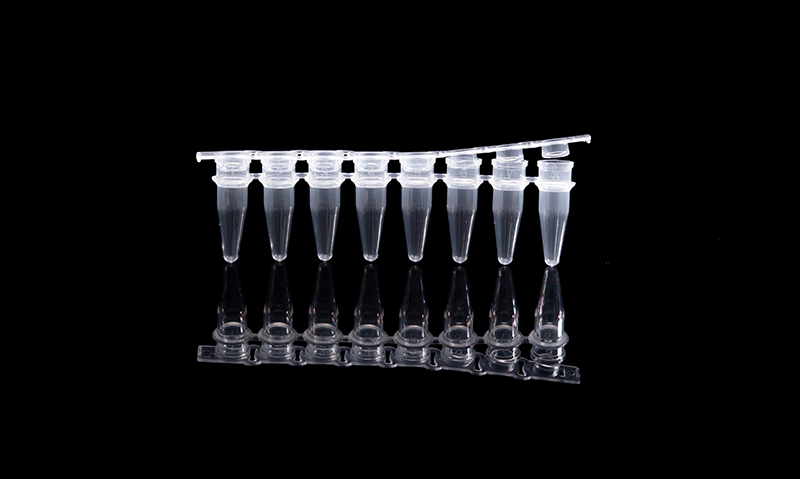
- PCR Master Mixes
While not strictly consumables in the traditional sense, PCR master mixes contain all the components necessary for PCR amplification, including DNA polymerase, dNTPs, buffer, and other additives. PCR master mixes are available in pre-mixed formulations, reducing the need for individual component pipetting and minimizing the risk of contamination.
Overall, the diverse range of PCR consumables caters to the specific requirements of various PCR applications, from routine amplification assays to high-throughput screening and digital PCR. Selecting the appropriate consumables is crucial for achieving reliable and reproducible PCR results.
6 Factors to Consider When Choosing PCR Consumables
Choosing the right PCR consumables is crucial for obtaining accurate and reproducible results in PCR experiments. Several factors should be considered when selecting PCR consumables:
- Quality and Purity of Materials
PCR consumables should be made from high-quality materials to minimize interference with PCR reactions. Ensure that the materials are free from contaminants such as nucleases, DNA, RNases, and PCR inhibitors. Opt for consumables that are certified to be DNA, RNA, and DNase/RNase-free to maintain the integrity of the samples and prevent false results.
- Compatibility with PCR Instruments
PCR consumables should be compatible with the thermal cycler or PCR instrument being used. Verify that the dimensions of the PCR tubes, plates, or strips match the specifications of the thermal cycler’s block or heating element. Choosing consumables that are compatible with automation systems can streamline workflows and improve efficiency in high-throughput applications.
- Sample Volume and Throughput Requirements
Consider the volume of samples being processed and the throughput requirements of the experiment. Select PCR consumables with appropriate well volumes or tube capacities to accommodate the sample volume without excessive wastage. For high-throughput applications, choose PCR plates or strip tubes with a higher number of wells to increase sample throughput and efficiency.
- Cost Considerations
Evaluate the cost-effectiveness of PCR consumables based on the budget constraints and the frequency of use. While high-quality consumables may come at a higher price, investing in reliable and durable products can help prevent experimental failures and costly reagents. Compare the prices of different brands and suppliers to find the best value without compromising quality.
- Specialized Applications
Consider the specific requirements of the PCR application when selecting consumables. For quantitative PCR (qPCR) assays, opt for PCR plates or tubes optimized for real-time detection and fluorescence-based detection methods. For high-throughput screening or sample tracking, choose consumables with barcode labels or alphanumeric grids for easy identification and tracking.
- Resistance to Contamination
PCR consumables should be designed to minimize the risk of contamination during sample handling and thermal cycling. Select consumables with tight-fitting caps or seals to prevent evaporation and contamination of the reaction mixtures. Additionally, choose consumables made from materials that are resistant to chemicals and temperature fluctuations to ensure reliability and consistency in PCR reactions.
By considering these factors, researchers can make informed decisions when choosing PCR consumables, ultimately improving the accuracy, reliability, and reproducibility of PCR experiments.
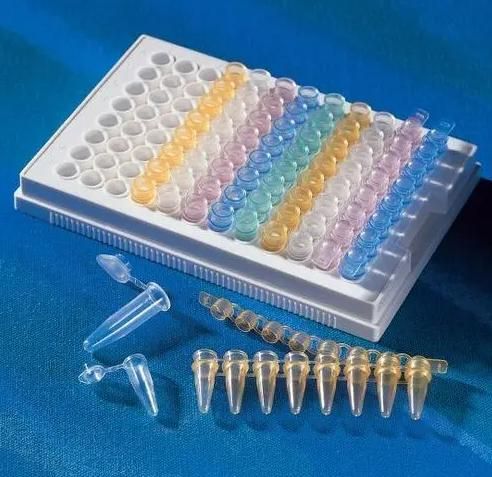
Best Practices for Handling PCR Consumables
PCR experiments are sensitive and susceptible to contamination, so using best practices for handling consumables is crucial. Here are some key points:
- Minimize contamination
- Aseptic technique: Maintain a clean working area and use sterile technique when handling tubes, plates, and tips. This includes frequent glove changes and disinfection of surfaces with 70% ethanol.
- Separate pre-PCR and post-PCR: Designate specific areas for handling pre-PCR reagents (primers, templates) and post-PCR products (amplicons) to prevent contamination. This might involve separate freezers or workspaces.
- Consumable selection: Use certified nuclease-free, PCR-grade consumables to minimize the risk of contaminants and inhibitors affecting your results.
- Storage
- Cool and dark: Store PCR tubes, plates, and tips in a cool, dark place like a refrigerator. This helps preserve the integrity of DNA samples and reagents.
- Minimize exposure: Avoid unnecessary opening of tubes and plates. Keep them sealed when not in use to prevent contamination from airborne particles.
- Organization
- Designated containers: Use separate containers for PCR-specific tubes and strips to avoid accidental mix-up with other lab supplies.
- Color coding: Consider using colored tubes or plates for different purposes to enhance organization and sample identification.
- Additional tips
- Fresh tips: Use fresh pipette tips for each sample to prevent cross-contamination.
- Automated systems: Consider using liquid handling stations for high-throughput PCR experiments to minimize manual handling and human error.
By following these best practices, you can ensure the quality and reliability of your PCR experiments.
Conclusion
PCR consumables play a vital role in PCR experiments, providing the foundation for accurate and reproducible results. By understanding the different types of consumables available, considering key factors when choosing them, and adhering to best practices for handling, researchers can optimize their PCR workflows and achieve reliable outcomes. As technology advances and new innovations emerge, the landscape of PCR consumables continues to evolve, offering researchers enhanced capabilities and efficiency in molecular biology research and diagnostics. If you are looking for a PCR consumables supplier, please feel free to contact Scopelab.
